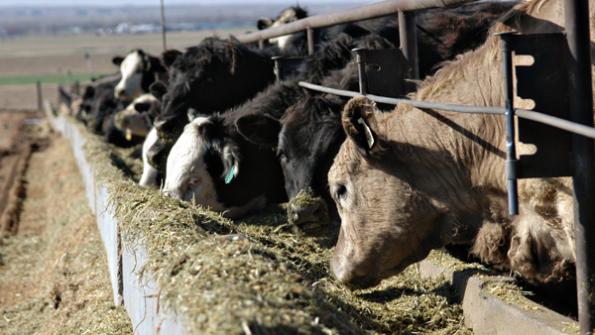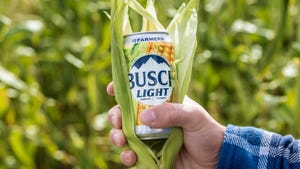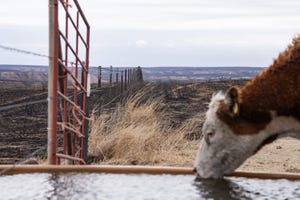Feedlot numbers down but plentiful currently
The report shows 4 months of decreases in the feedlots.

The October USDA Cattle on Feed Report showed that feedlot placements in September were 97.1 percent of last year and marketings were 96.9 percent of one year ago. The placement total was lower than expected while the marketings were just slightly lower than expected. The on-feed inventory on October 1 was 11.55 million head, 1.4 percent lower year over year. This is the fourth consecutive month of year over year decreases in the feedlot inventory.
Following the ripple effects of last year’s pandemic volatility, it appears that feedlot production has moved past the cyclically peak numbers and will decrease consistently going forward. The quarterly breakdown of steers and heifers shows that the number of steers in feedlots decreased year over year in July and again in this October report. The number of heifers in feedlots, however, was up 1.8 percent year over year in October, after being down in July. This may be the result of some heifers being diverted from breeding to feeding because of drought.
Beyond the cattle on feed numbers are the demographics of the mix of cattle placed in recent months. Feedlot placements have been impacted by overall cattle herd dynamics, the drought and sharply higher feedlot costs of gain. Over the past six months, which covers the majority of cattle currently on feed, placements of cattle under 700 pounds were down 4.8 percent year over year while placements over 800 pounds were up 1.3 percent compared to last year.
Focusing on the past three months, July to September, placements of cattle under 600 pounds has been down 6.1 percent year over year while placements over 800 pounds have been down just 0.5 percent year over year. Within the 800 plus pounds placements in the past three months is a 3.0 percent larger total of placements over 900 pounds compared to last year.
These numbers indicate that feedlots are front-loaded with heavy cattle and will remain so for a few more weeks, likely into December. This explains much of the inability of the fed cattle market to move into the tighter numbers needed to break out of current levels. However, the September placements show a very different picture ahead. Out of the overall 2.9 percent decrease in September, placements under 600 pounds were down 1.2 percent year over year and placements over 800 pounds were down 5.3 percent (including a 7.4 percent year over year decrease in placements over 900 pounds). The implication is that, while it is taking longer than expected to turn the corner on tighter feedlot numbers, the change may be relatively sudden and dramatic when it does arrive. Feedlots have responded to higher costs of gain by focusing more on heavy placements as long as possible. However, the overall decline in cattle numbers and the seasonal dynamics of fall placement weights should result in a rapidly changing feedlot situation by December and into 2022.
Source: Derrell Peel, Oklahoma State University, which is solely responsible for the information provided and is wholly owned by the source. Informa Business Media and all its subsidiaries are not responsible for any of the content contained in this information asset.
About the Author(s)
You May Also Like

.png?width=300&auto=webp&quality=80&disable=upscale)

